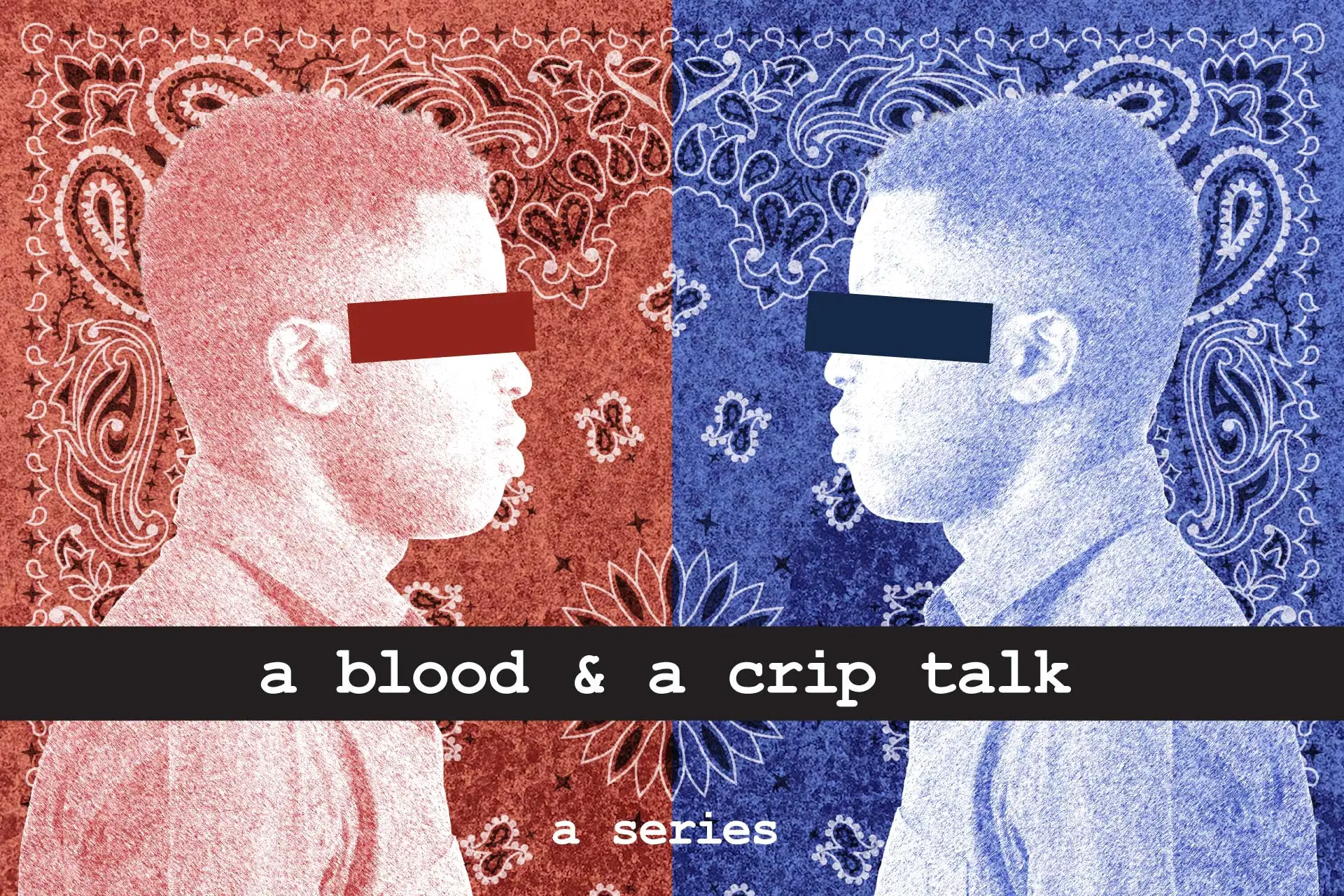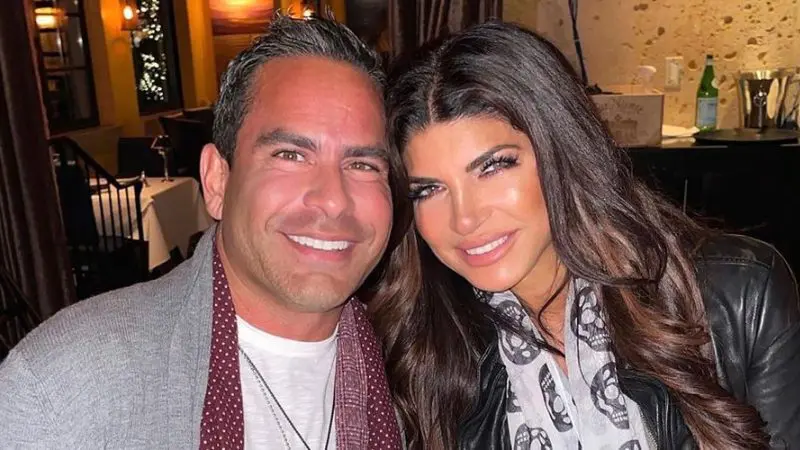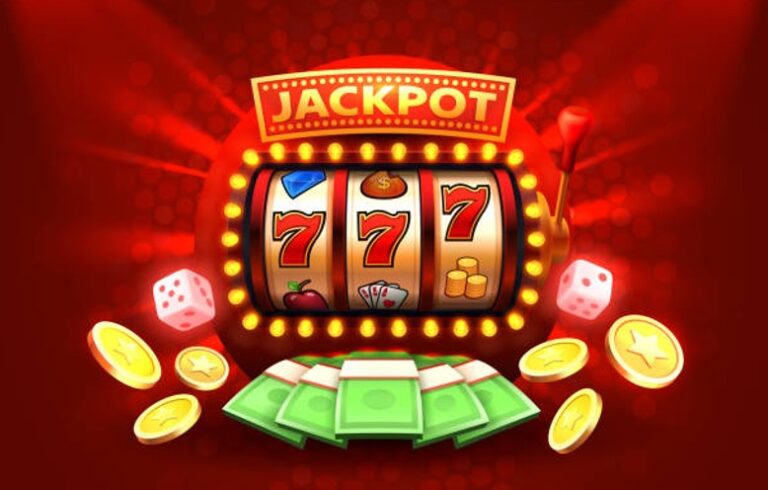Every day, the United States sees an average of 15 lives claimed by gang violence, a figure that starkly embodies the lethal extent of the country’s gang rivalry. At the epicenter of this enduring conflict are the Bloods and Crips, two of Los Angeles’s most infamous street gangs, whose disagreement has etched a permanent mark in urban gang culture. Born from the turbulent streets of LA, this clash has not only influenced gang history but has altered the social fabric of American cities nationwide.
The emotional toll of gang violence seeps beyond the boundaries of the territories it claims; it resonates in the heart of communities, reverberating through the lives of those seeking a sense of belonging amidst the chaos. The Blood vs. Crips rivalry represents a complex narrative interwoven with a desire for kinship and survival, casting long shadows over families, friends, and neighborhoods. This divide is not merely about red or blue—it’s a conflict born from cultural survival, identity, and the inherent human yearning for connection, albeit through the perilous lens of gang allegiance.
Table of Contents
Key Takeaways
- The Bloods and Crips rivalry is a major contributor to the nationwide gang violence epidemic.
- Distinct cultural markers such as clothing and colors are at the forefront of the gang rivalry in Los Angeles.
- Understanding the origins and reasons for the formation of these gangs is crucial to comprehending their ongoing conflict.
- Gang violence has a profound emotional impact on communities, shaping perceptions of identity and belonging within the urban landscape.
- The Bloods and Crips have become entrenched in American gang history, symbolizing a broader narrative of urban struggle and strife.
- Exploring the differences between these gangs sheds light on the complexities of urban gang culture.
Origins and Evolution of Bloods and Crips

The tapestry of gang history in America is complex, with social and political fibers woven throughout. The inception of two of the most notorious gangs, the Bloods and Crips, can be traced to a time of social upheaval, where systemic injustices led to a grassroots response in the form of organized collectives. This response came at a time when civil rights movements were gaining momentum, and the African American community in South Central Los Angeles was seeking both dignity and self-defense.
Rise from Social Upheaval
During the 1960s, the African American neighborhoods of South Central Los Angeles were seething with tensions that stemmed from economic disparity and racial discrimination. The prevailing conditions paved the way for the formation of gangs. The Crips first materialized as a force aimed at fighting the systemic barriers that confined their community. However, as their influence grew, so did their involvement in criminal activities, prompting the emergence of the Bloods, who banded together to challenge the burgeoning strength of the Crips.
The Impact of Civil Rights Movements
The civil rights movement played a pivotal role in shaping the ideologies of these gangs. Organizations like the Black Panther Party, known for advocating armed self-defense and community-centric programs, heavily influenced the nascent stages of gang formation, particularly the Crips. The Black Panthers’ legacy left an indelible mark on the ideology that gang members initially sought to embody. Their desire to advocate for Black empowerment, albeit through divergent means, linked them to the broader struggle for civil rights and equality.
Formative Years and Ideological Differences
Raymond Washington led the charge in founding the Crips with a vision that mirrored early community defense efforts. However, the gang’s mission evolved over time, straying from Washington’s original principles. In the face of the growing dominance of the Crips, the Bloods came into existence, uniting various factions who found common cause against their rivals. The formation and eventual clash of these gangs reflected not only a battle for territory but also a clash of diverging ideologies within disenfranchised communities. Amidst the ferment of the civil rights era, the gang conflict in Los Angeles was further compounded by FBI interference, notably COINTELPRO, which sought to disrupt grassroots movements, including the Black Panther Party and related organizations that influenced both gangs.
Blood vs. Crips: Exploring the Differences Between – The Battle of Rivals
When exploring the differences between Bloods and Crips, it becomes evident that the fabric of gang conflict is woven with varied hues and emblematic gang symbols. The Bloods, integrating the color red into their attire, exemplify alliance and aggression with their number “5” symbolism, while the Crips dress in blue and align themselves with the six-point star, representative of the Folk Nation.
The ideological disparities between these two factions are not only inherent in their mottos but also in their societal actions. “Blood in, blood out” signals the unyielding pact within the Bloods, demanding a lifetime commitment that is sealed in blood. Conversely, the Crips live by the adage “Crip for life,” an unwavering statement that reflects their enduring dedication to the gang’s causes. Meanwhile, the siege of gang territories paints the urban landscape with a mosaic of Blood vs. Crips conflicts, underlining the gravity of their rivalry.
| Bloods | Crips |
|---|---|
| Red color attire to signify unity | Blue color attire signaling solidarity |
| Use of the number “5” in symbology | Incorporation of the six-point star |
| Alignment with gangs like Pirus and Brims | Affiliation with the Folk Nation |
| Motto: “Blood in, blood out” | Motto: “Crip for life” |
These distinctions are further expressed through gang rituals, where initiations and branding mirror their divergent worldviews amidst the shared backdrop of street gang heritage. Moreover, the use of gang symbols extends far beyond visual identity, serving as a complex language that dictates the frameworks of power, respect, and territory.
- Identity Through Color – Bloods with red signifying blood ties, Crips with blue affirming the depth of the “Crip” identity.
- Symbolic Alliances – Bloods aligned with number “5” indicating the unity of the People Nation, Crips with the six-point star related to the Folk Nation’s expansive reach.
- Philosophical Mantras – Bloods adhering to the principle of absolute loyalty, Crips to lifelong dedication.
The quest to understand the feud between the Bloods and Crips sheds light on more than just gang colors and emblems. What emerges is a complex narrative of opposition, allegiance, and the perennial struggle for dominance in the gritty world of urban gang conflicts.
Cultural Significance and Gang Symbols

The enduring conflict between the Bloods and Crips is far more than a series of street battles; it encompasses a rich tapestry of cultural significance that has permeated various aspects of community identity. Central to this are the gang symbols, colors, and rituals — each a thread in the fabric of their shared history and a bold emblem of allegiance.
Colors and Clothing: Flags of Identity
The crimson hue of the Bloods and the azure shades the Crips don are more than fashion statements — they are powerful gang colors that operate as flags of identity. These colors are more than a mere visual marker; they manifest the gangs’ ideology and history, clearly delineating allegiances in urban landscapes often riddled with territorial tensions.
Recruitment and Initiation: The Insiders’ Rite
Recruitment and initiation into these gangs are not merely ritualistic formalities but are critical ceremonies woven into the very fabric of their existence. These profoundly private and solemn proceedings serve as a testament to one’s unwavering commitment to the gang, embodying a promise of brotherhood and a pact of lifelong loyalty and protection.
Hand Signs and Tattoos: Silent Storytellers
Within the realm of the Bloods and Crips exist the rich and secretive language of hand signs and tattoos — perhaps the most poignant of the gang symbols. Silent storytellers in their own right, they confer messages of loyalty, histories, and warnings, all without the utterance of a single word, creating an intricate web of communication visible only to those who know the narrative behind each symbol.
| Gang Symbol | Meaning | Associated Gang |
|---|---|---|
| Bloods’ Red Bandana | Solidarity, Bloods’ Membership | Bloods |
| Crips’ Blue Bandana | Unity, Crips’ Membership | Crips |
| Five-Point Star Tattoo | Association with Bloods’ Allies | Bloods |
| Six-Point Star Tattoo | Association with Crips’ Allies | Crips |
Gang Territories and the Geography of Violence
The intricate mosaic of gang territories across the United States forms a stark tapestry of the geography of violence. At the heart of these territorial configurations are the Bloods and Crips, two factions whose influence permeates from coast to coast. With the East Coast and West Coast serving as power bases, these groups mark the American urban landscape with zones of influence and control that often overlap and result in violent territorial disputes.
While the respective strongholds of the Bloods and Crips are well-known, the dynamic nature of gang territories remains a significant factor, challenging both law enforcement and community intervention efforts. The transient borders of gang dominions, influenced by factors ranging from inter-gang alliances to internal power struggles, make for an ever-shifting map of gang presence.
| Gang | Primary Coast | Known Territories | Related Violence Hotspots |
|---|---|---|---|
| Bloods | East Coast, West Coast | Los Angeles, New York City, Philadelphia | Compton, South Central LA, Harlem |
| Crips | West Coast | Los Angeles, Las Vegas, Detroit | Watts, Long Beach, Southside Chicago |
These regions, defined by their gang affiliations, are often embroiled in conflicts that arise from deep-seated territorial disputes. Such confrontations are not only indicative of the struggle for physical space but also represent a battle for economic control, particularly in illicit markets. The implications for local communities are profound, as the geography of violence impacts social stability, economic development, and public safety.
“The establishment and defense of territory is a fundamental aspect that fuels the cycle of aggression and retribution in gang culture,” says an urban sociologist studying gang-related dynamics. “It’s more than geography; it’s an assertion of identity and power.”
Understanding the nuances of gang territories is critical in formulating effective strategies to curb the spread of violence and facilitate meaningful community engagement. It is an acknowledgment that the ‘geography of violence’ is not merely a reference to physical land but to the cultural and social spaces where gang influence is asserted and contested.
Law Enforcement and Societal Responses to Gang Warfare

The ongoing battle against gang warfare demands multifaceted strategies from law enforcement as well as proactive societal involvement. With a focus on disrupting the activities of gangs like the Bloods and Crips, both law enforcement and local communities have marshaled a series of initiatives aimed at curtailing gang influence and offering sustainable alternatives to at-risk individuals.
Strategies for Dismantling Gang Networks
Law enforcement agencies have designed a myriad of operations to dismantle the sophisticated networks that fuel gang warfare. These measures include the use of undercover operations, surveillance, and forensic analysis to track and curtail illegal activities. Joint efforts that combine the strengths of local, state, and federal agencies illustrate the collective resolve to tackle this issue at its core.
Community Programs and Educational Initiatives
Community programs remain a cornerstone of the societal response to gang violence. These programs and educational initiatives provide opportunities for youth, aiming to counteract the allure of gangs with constructive alternatives. By focusing on education, job training, and community engagement, these interventions offer a path towards a positive and productive future, free from the demands of gang allegiance.
Policing Policies and Their Effectiveness
Policing policies have evolved to strike a deliberate balance between firm enforcement and thoughtful intervention. The challenge lies in implementing policing strategies that are robust enough to deter gang activities while fostering a relationship of trust with community members. The effectiveness of these policies is continually assessed in an effort to adapt to emerging trends in gang culture.
| Strategy | Objective | Agencies Involved | Outcome Measures |
|---|---|---|---|
| Operation Community Shield | Disrupt gang activity | Federal, State, and Local Law Enforcement | Arrests, Seizures |
| After-School Programs | Provide alternatives to gang recruitment | Community Centers, Schools | Attendance, Reduced Juvenile Crime Rates |
| Proactive Policing | Prevent gang violence | Local Police Departments | Crime Statistics, Community Feedback |
Conclusion
The chronic gang rivalry emblematic of the Bloods and Crips has become a linchpin of urban gang culture, with echoes of their conflict permeating the streets of Los Angeles and beyond. The stark dichotomy in their symbols, rituals, and codes of conduct, despite originating from common goals of community protection and response, reflects the complexities of gang relations. This divergence has fuelled a cycle of violence that has left indelible marks on communities across America, manifesting through both direct gang violence and the broader implications for social stability.
In response to the multifaceted nature of this entrenched conflict, a multifarious approach has been adopted comprising law enforcement measures and local community initiatives complemented by educational reforms. These efforts aim to furnish the youth with alternatives that diverge from the path of gang affiliation, thereby gradually dismantling the power dynamics inherent within gang culture. A thorough understanding of the socioeconomic factors influencing this sphere is indispensable for nurturing an environment where reconciliation might be possible, and the cycle of gang rivalry can be broken.
As society grapples with these challenges, it becomes increasingly clear that abating the influence of gangs like the Bloods and Crips requires persistent commitment to tackling the roots of gang violence. Only through concerted efforts that synergize police work with community support and proactive prevention strategies can there be hope for disrupting the longstanding narrative of gang dominance and creating avenues for individuals to escape the allure of the gang lifestyle.
FAQ
What are the main differences in the gang rivalry between Bloods and Crips?
The rivalry between the Bloods and Crips is deeply entrenched in their distinct identities, colors, and ideologies. The Bloods, associated with red and the number five, formed primarily for protection and engage in certain criminal activities. In contrast, the Crips, aligned with blue and the six-point star, were initially a group aimed to fight against police brutality and neighborhood exploitation. Both gangs engage in territorial disputes and have distinctive initiation practices, symbols, and community influences, which underline their intense rivalry.
How did the Bloods and Crips originate and evolve?
The Crips were founded by Raymond Washington in the late 1960s, originally intending to emulate the Black Panther Party’s focus on protecting the community from police harassment. The formation of the Bloods followed in the early 1970s as a collective response to the Crips’ growing power. Both gangs evolved amidst the backdrop of social upheaval and the civil rights movements within South Central Los Angeles. This geographical and temporal origin plays a significant role in their history and enduring conflict.
What role did the Civil Rights movements play in the formation of these gangs?
The Civil Rights movements played a complex role in the formation of the Crips and Bloods. The social and political activism of the time, including movements led by groups like the Black Panther Party, initially influenced the Crips’ focus on community protection. However, as these socially-conscious origins were overshadowed by criminal activity, the Bloods emerged as a counter-force, indicating how the gangs were steeped in the era’s social dynamics yet diverged significantly in their later development.
What are the cultural significances of gang symbols for Bloods and Crips?
Gang symbols such as colors, clothing, hand signs, and tattoos are heavily imbued with cultural significance for both the Bloods and Crips. These symbols serve as a means of identity, communication, and expression of loyalty to the gang. They signify membership and are often associated with the gang’s history, territory, and power. These symbols also play a role in the gangs’ recruitment and initiation processes, reinforcing their presence in the urban landscape and their cultural impact on members and communities.
How does gang territory influence the geography of violence?
Gang territories are intrinsic to the gangs’ identity and operations, often leading to violent territorial disputes. The Bloods and Crips dominate different geographical areas, with the Bloods more active on the East Coast and West Coast and the Crips extending their influence to the Western, Mid-Western, and Southern states. Control over territories can dictate criminal activities such as drug trafficking and can be a source of violent conflict, thereby influencing the pattern and geography of gang violence across the United States.
What strategies are law enforcement agencies implementing to combat gang warfare, specifically between the Bloods and Crips?
Law enforcement strategies to combat gang warfare include tactical intelligence operations, targeted investigations, and Operation Community Shield—an initiative that fosters interagency collaboration to disrupt gang networks by impeding criminal activities and apprehending members. Additionally, community outreach and educational programs are aimed at reducing gangs’ influence by providing support and alternatives to at-risk youth. Effective policies must strike a balance between enforcement and targeted interventions that address the underlying causes of gang membership and activity.













